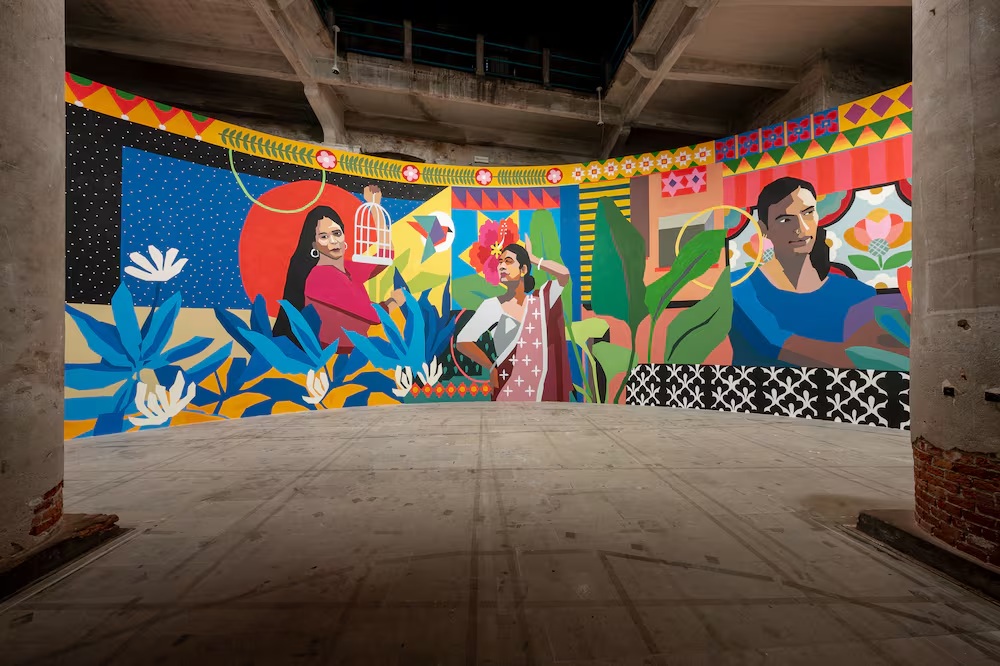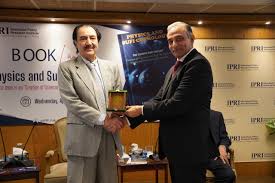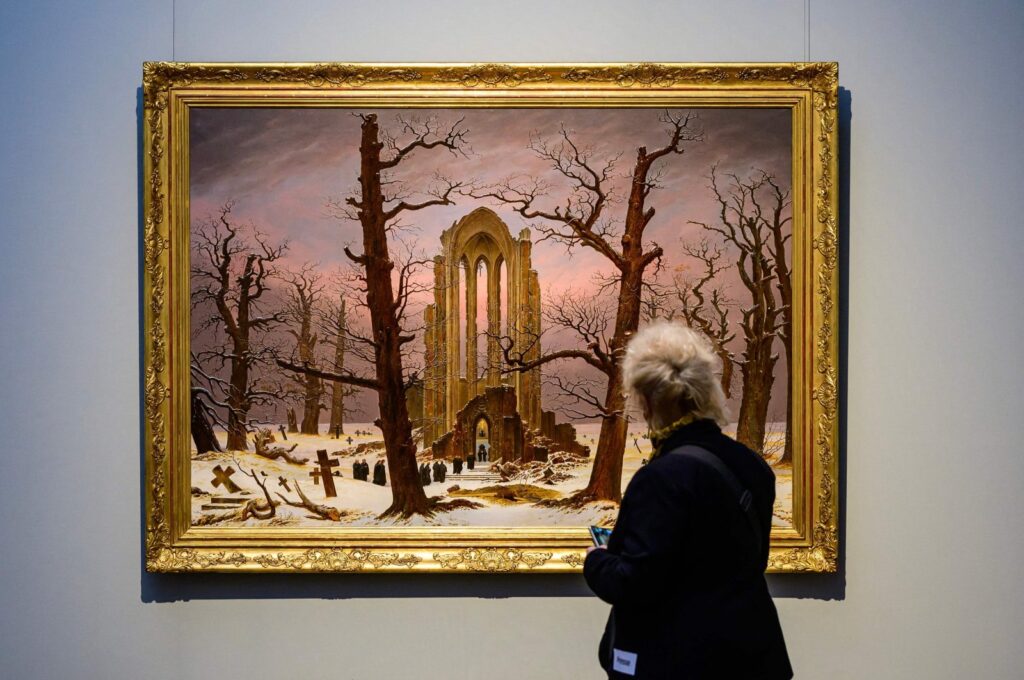
Monitoring Desk
A comprehensively prolific retrospective of a show at Arter, ‘Candeğer Furtun,’ is a testament to the work of curator Selen Ansen, who collected and presented the senior artist’s creations with visionary insight
Clay has often been a hard sell in the art world. It’s generally relegated to a medium of craft in which the primacy of technique over ideation renders it irrelevant to the postmodernist status quo. But even at the roots of the avant-garde, ceramicists and potters, workers of clay, glazes and kilns, have ever stood, aright and poised to take on what they’ve conceived of as the present moment of creativity, with its cyclical, prehistoric memory intact.
That can be true for Beatrice Wood, for example, a confidant of Marcel Duchamp who lived out the end of her long life firing stellar assortments of pots. And it is a medium that has taken on newsworthy import with the arrival of Simone Leigh, representing America at the Venice Biennial for its 2022 openings. In Turkey, ceramics have a special resonance within the local cultural spheres of its domestic geography.

From the wares of Kütahya to the Iznik tiles that are almost an automatic signature of Turkish design, traditional to contemporary, the artistry of clay came to assume an inventive spell of resurgence as part of the modernist canon with the work of Füreya Koral, who tended toward large-scale, painterly panel displays that now grace the walls of many historical buildings in Istanbul.
Born in 1936, Candeğer Furtun developed her work with certain renown by the 1960s, when Koral would come to be known by the name we know of her today, as she broadened out her fantastically earthy, but skyward palettes to entrance the public while entertaining the upper crust of midcentury Turkish society. As a ceramic muralist, Koral gleaned inspiration from her time in Mexico, after a stint in the United States.
Furtun also worked in America, specifically in the city of Worcester, Massachusetts, not far from the metropolitan region of Boston. It was there amid the rural forests of New England where she honed her singular vision for sculptural aesthetics, beyond the ceramic paintings of Koral or the full assumption of traditional pottery by Alev Ebüzziya Siesbye, another of her early contemporaries who recently enjoyed a solo show at Arter’s museum space in Istanbul’s Dolapdere neighborhood.

With a fresh perspective
In 1963, Furtun had followed through with an apprenticeship program at a modest site known as “Craft Center” in Worcester. It was her solo exhibition and sale, and curiously read, “One Man Ceramic Show,” running for two weeks that summer. At the time, she was producing beautiful vases that could have decorated any suburban home, their glazes pleasing and rustic, with brown tones, darkening and liquid.
At her Arter show, titled after her name, a platform in the middle of the first of two halls exhibits these kinds of works. Her utilitarian pitchers and teapots, bowls and plates, jugs and the like are an exception to the rule of her formal abstraction that, by means of repetition, focused on the limbs of the body foremost, as her chief subject. Facing the bustling traffic, Arter’s curation by Selen Ansen is a minimalist chorus of legs and arms, cast as clay.

Shield-like and with a classical Grecian sensibility, they are suspended along the walls, flexing their exact likenesses. The repetition itself increases in strength, it would appear, by the volume of its enumeration. As an answer to the demands of the mechanical world order, perhaps, Furtun answered with fragmented manikins of humanity, quartered. A series of a dozen pieces titled “Arms” (1994) are identically proportioned.
The human form has ever been at the center of art. In Turkey, however, the depiction of people has been a bit controversial due to certain customary restrictions when it comes to the divide between the public and private spheres. Generally clothed when they might have been the subject of more detailed study, the body in early modern painting and sculpture is marked by a vastly different precedent in the Turkish milieu.
The legacy of Furtun, and the import of her retrospective, come to seers in the mid of an ongoing reconciliation with the cultural heritage of a population gripped within such a situation. Overall, in her practice, it appears that Furtun is relocating self-perception back to the body, placing it within a hall of mirrors in which only it and itself exists.
Taking time to be again
In her other series, such as “Depar” (1988), which translates as “Start,” Furtun shows the likeness of a human figure crouching. But she does not slough off the cast that surrounds its headless form, flattening out into valleys and plains by the spatial highlands of its legs, back and arms. The effect is that of someone emerging from under the earth, a resurrection, then, of the human being, reborn, reclaimed within the personal history of the artist, and her collective.
There are many tubular, cylindrical works, mostly untitled, that look like tree trunks, likely reflective of the process of making pottery on a wheel, which creates an upsurge of wet soil that must then be pressed down and fanned out to make a bowl or cup. But instead of utilizing the practicalities of the age-old craft, she stops at their foundations, either by the first upward momentum, or toward flat, almost papery formations.

Out of many smooth, horizontal works, there are emanations of anonymous portraits, bursts of ghostly profiles. Some of them, she titled, “Faces” (1979-1980). Others appear to be in the form of leaves and clovers, according to their titles. But their semi-abstract formations could evoke any number of naturalist definitions, such as a lily pad, or, in some cases, a part of the human body, conveyed with the gentle fragility of the flesh itself.
In that sense, Furtun offers only the very dedicated seers of her work something of an artistic environmentalism, as she humanizes the earth, showing its basic medium as a body of bodies, whereas mostly exploited for practical use, then, in her hands, bearing a superfluous, but equally essential aesthetic of life, as lived, not as a means to an end, but as the total joy of every note in a piece of music; the entire process of creating an artwork, or the embodiment of a person whose parts, even together, do not encompass the magic of their wholeness.
Courtesy: Dailysabah
The post On body and form: Candeğer Furtun at Arter appeared first on The Frontier Post.








